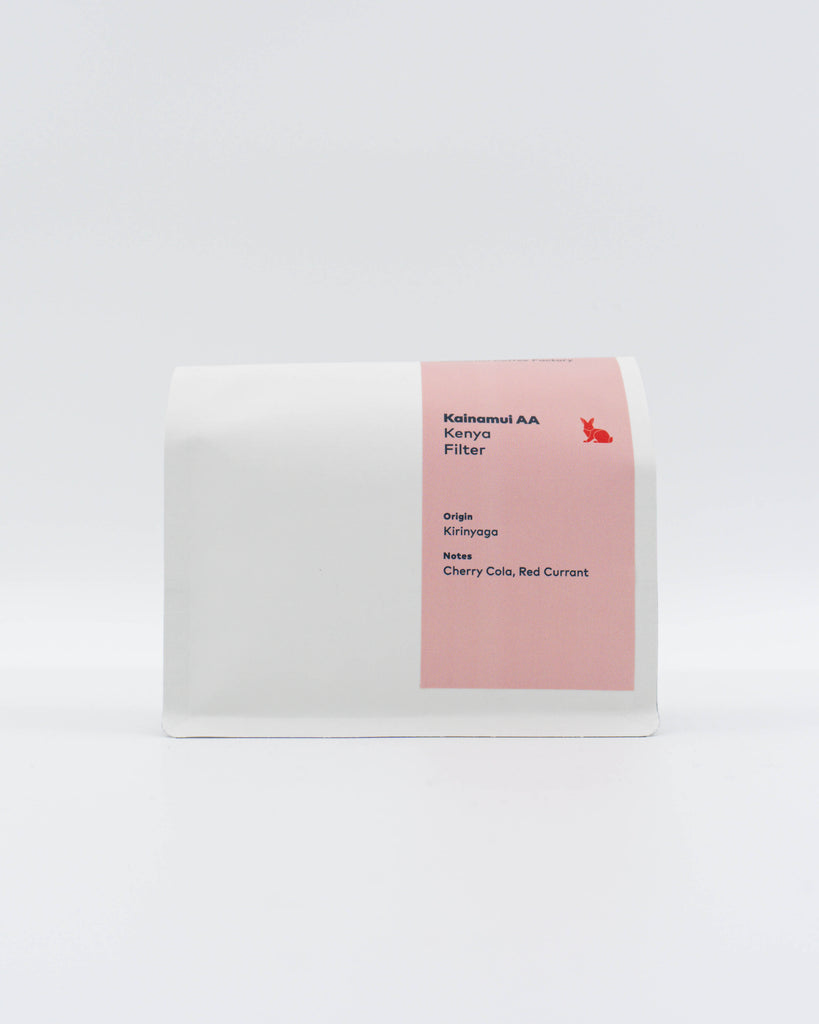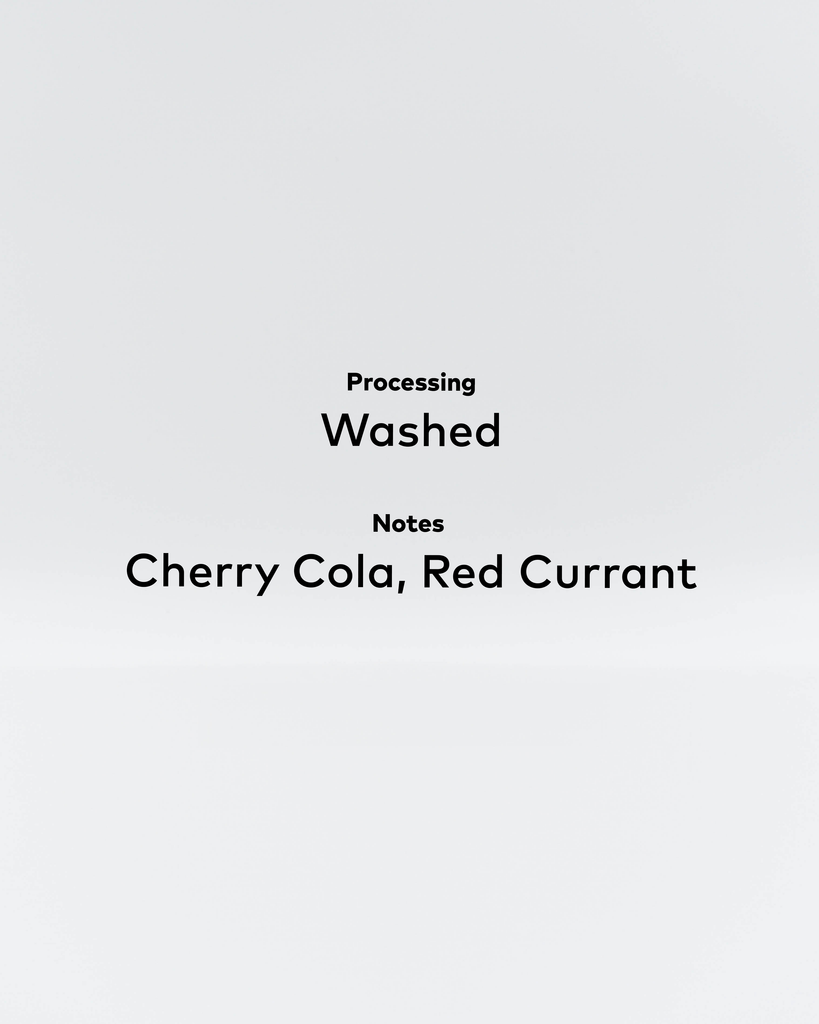Kainamui AA, Kenya, Filter
Red Rabbit Coffee Co.
KENYA PROCESS
In the Kenya process, first, the cherries are sorted, and under-ripe/overripe cherries are removed. Once the sorting is finished, the coffee is then depulped. This is done by squeezing the cherry through a screen and removing the fruit and skin from the bean. The coffee is then left to ferment in white ceramic tiled tanks for 24 hours. Next, the coffee is stirred for a short amount of time and left to ferment for another 24 hours. After two days of dry fermentation, the coffee is washed with fresh water, removing the sticky mucilage attached to the beans that are loosened by bacteria during the fermentation. It’s then soaked in water to ferment overnight slightly. The coffee goes through sorting and density channels, which separates the lots, and then it is taken to raised beds to dry. Once it reaches 11.5-12% moisture content, the coffee is brought to conditioning bins to rest until it goes to the dry mill.
Once a coffee has been processed, dried, and then milled, it goes to a sorter that separates the beans by specific characteristics, mainly size. Coffee goes into a machine that vibrates, sending beans through different screens with different-sized holes and sorts the coffee based on size and density. This results in a more uniform coffee and cup profile. Then the coffees are auctioned based on the grade (size & density) they have.
AA (screen size 17 & 18)
The largest and most celebrated grade of Kenyan coffee. Usually the highest priced coffee on the auction from each outturn and factory. AA is is the most common grade we buy and what we normally expect from an outstanding Kenya cup.
AB (screen size 15 & 16)
This grade represents about 30% of Kenya production. While AB is usually considered lower quality than AA, we find that to not be accurate in the cup. Over the years of cupping, we have consistently found incredible AB’s that actually cup better than their more prestigious AA relatives, enforcing the idea that everything must be cupped and not have its value determined based on classification or reputation.
PB (Peaberry)
Peaberries represents about 10% of Kenya production. They are a result of a coffee cherry only producing one bean instead of two. Technically they are fused together during early stages and form one round bean instead of two half spheres. We tend to notice more fermentation tasting notes here. Winey, syrupy, and mouth coating are some of the attributes that we usually notice in the cup.


